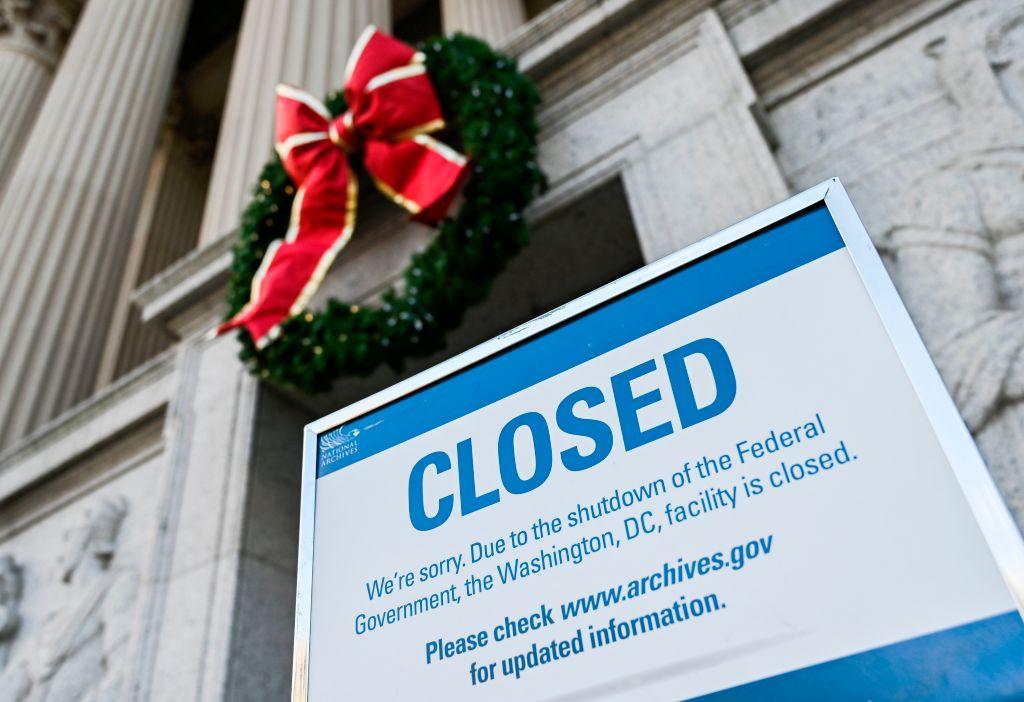News Analysis
If it’s September in Washington, that means the leaves are losing their shine and the late-summer air is crisp with fears of a fall federal government shutdown.


If it’s September in Washington, that means the leaves are losing their shine and the late-summer air is crisp with fears of a fall federal government shutdown.